Introduction to the Power of Alcohol in Vinaigrettes
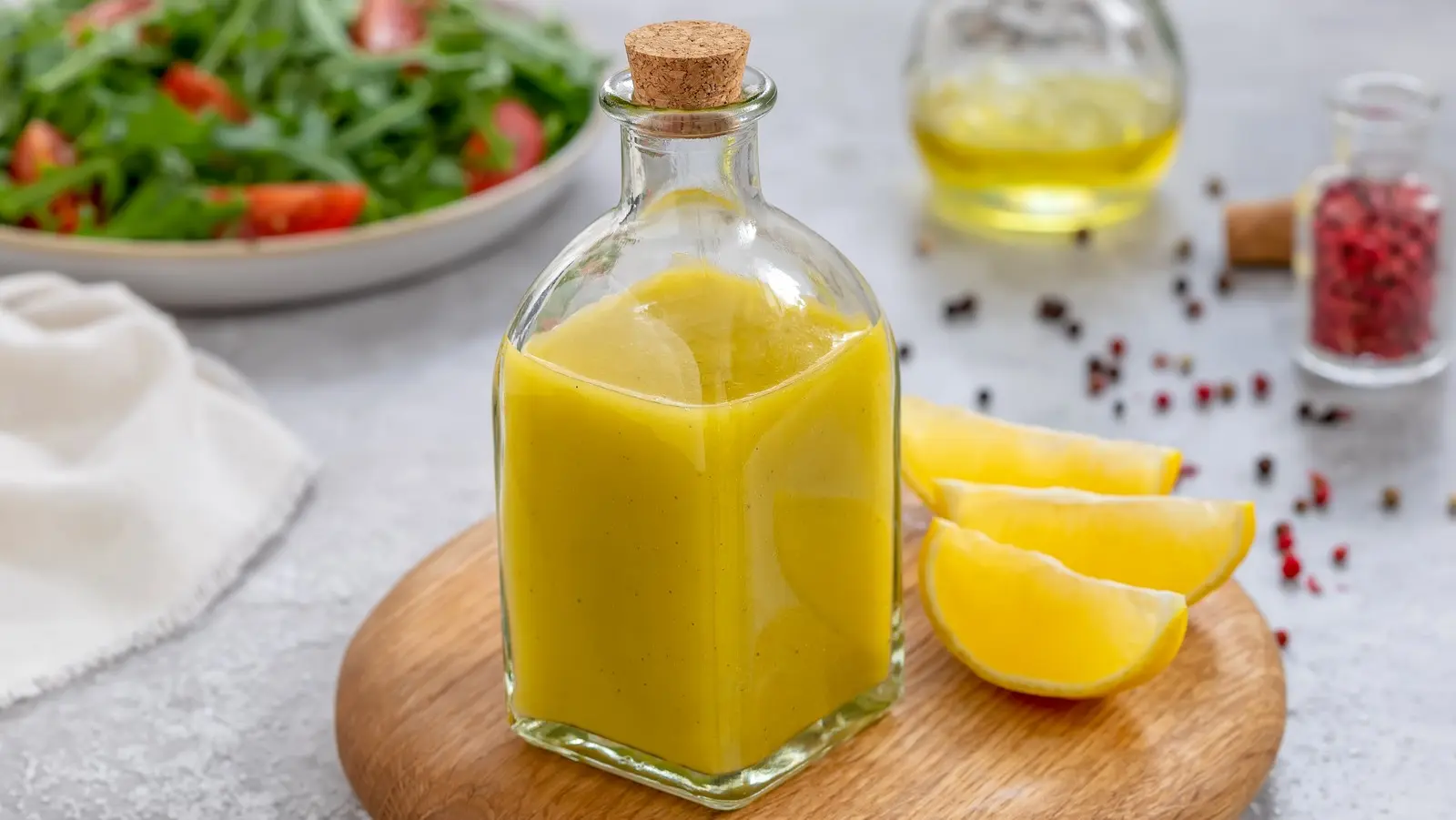
Vinaigrettes are a kitchen staple, commonly used as dressings, marinades, and sauces. The traditional base of a vinaigrette consists of oil and vinegar, with seasonings and flavorings like mustard or honey for added complexity. But what if there was a way to elevate your vinaigrette, adding a unique depth of flavor? The secret ingredient may be closer than you think—alcohol. While alcohol is primarily associated with the world of spirits and cocktails, it can be an excellent addition to vinaigrettes, boosting both complexity and taste. Using alcohol in your vinaigrette isn't just about adding booze; it's about transforming your vinaigrette into something extraordinary.
Types of Alcohol to Use in Vinaigrettes

When incorporating alcohol into a vinaigrette, choosing the right type is crucial. Some spirits are more suited for the purpose than others, depending on the flavor profile you're aiming for. For instance, white wine, champagne, or vermouth offers a delicate, crisp flavor that enhances the sharpness of vinegar without overpowering it. On the other hand, bourbon or dark rum imparts a smoky, caramelized sweetness that works well in heartier dressings. Vodka, with its neutral flavor, can add a subtle complexity without distracting from the main ingredients. The choice of alcohol largely depends on the type of salad or dish you're pairing it with—delicate greens might benefit from white wine, while bold meats might pair better with whiskey or dark rum.
How Alcohol Transforms the Flavor Profile
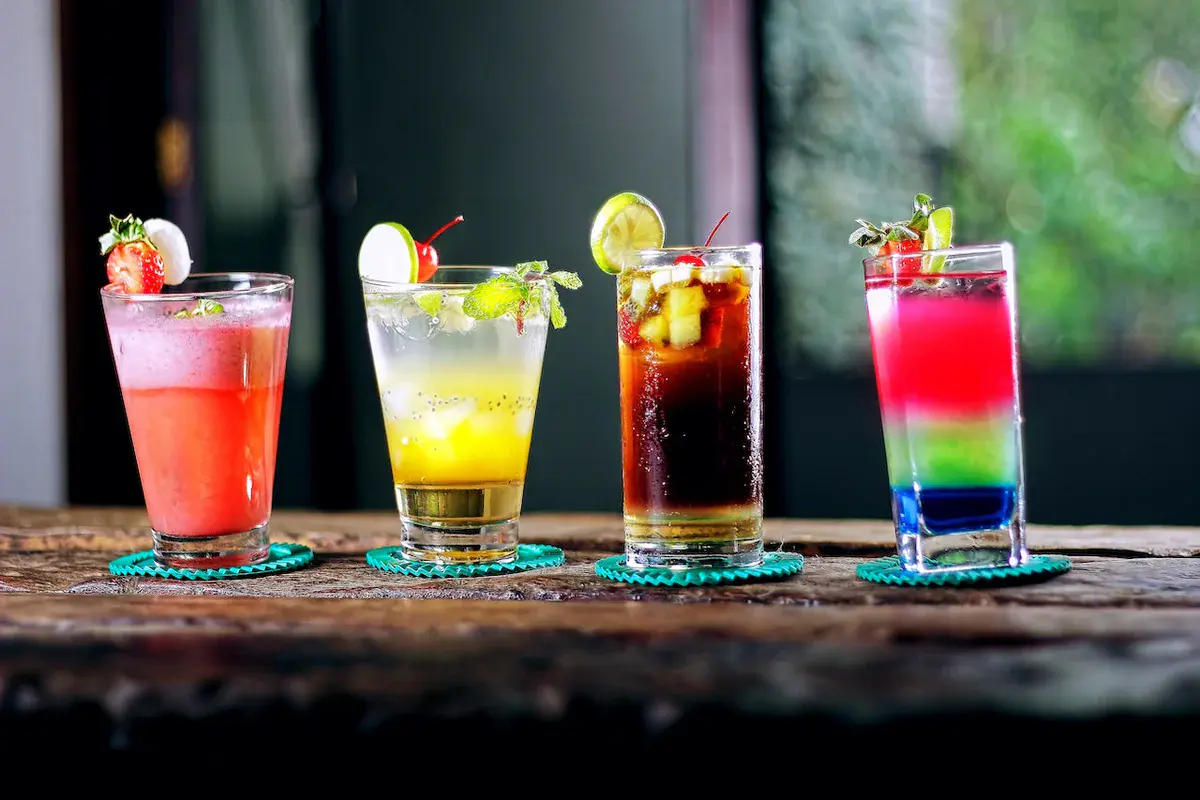
Alcohol brings more than just a boozy kick to vinaigrettes; it acts as a flavor amplifier. The alcohol in your vinaigrette interacts with the oil and vinegar, binding with other ingredients and helping release essential oils and flavors from herbs and spices. It helps bring out the earthy undertones of balsamic vinegar or the citrusy zing of lemon. Furthermore, alcohol can bring warmth and depth, balancing the acidity in a vinaigrette. The complex aroma of bourbon, for example, can add layers of smokiness, caramel, and vanilla, which will transform a simple vinaigrette into a standout accompaniment. The ability of alcohol to unlock hidden flavors is what makes it such a powerful ingredient.
Tips for Using Alcohol in Vinaigrettes
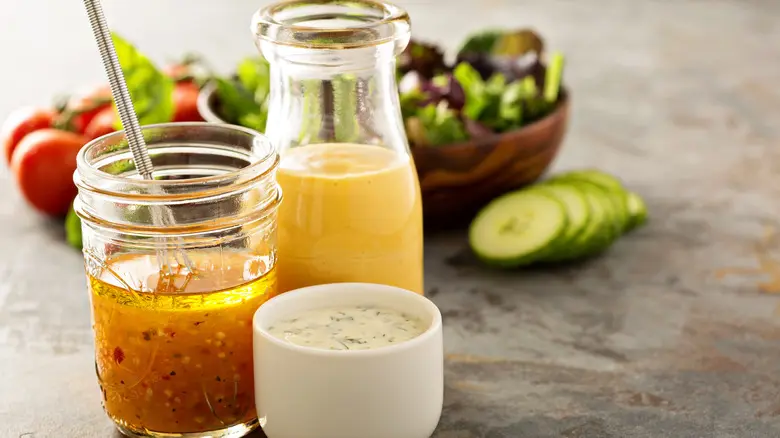
To make the most of alcohol in your vinaigrettes, there are a few key guidelines to follow. First, use alcohol sparingly. A little goes a long way, and you want the alcohol to complement the other flavors, not dominate them. Start with small amounts, such as a tablespoon or two, and taste as you go. If the flavor of the alcohol is too strong, you can balance it out with more oil or vinegar. Second, consider cooking the alcohol slightly before adding it to your vinaigrette. By heating the alcohol gently, you can reduce its harshness and allow its flavors to mellow out, making it more harmonious with the other ingredients. Finally, make sure to mix the vinaigrette well to ensure the alcohol is fully incorporated into the dressing.
Pairing Alcohol-Infused Vinaigrettes with Dishes
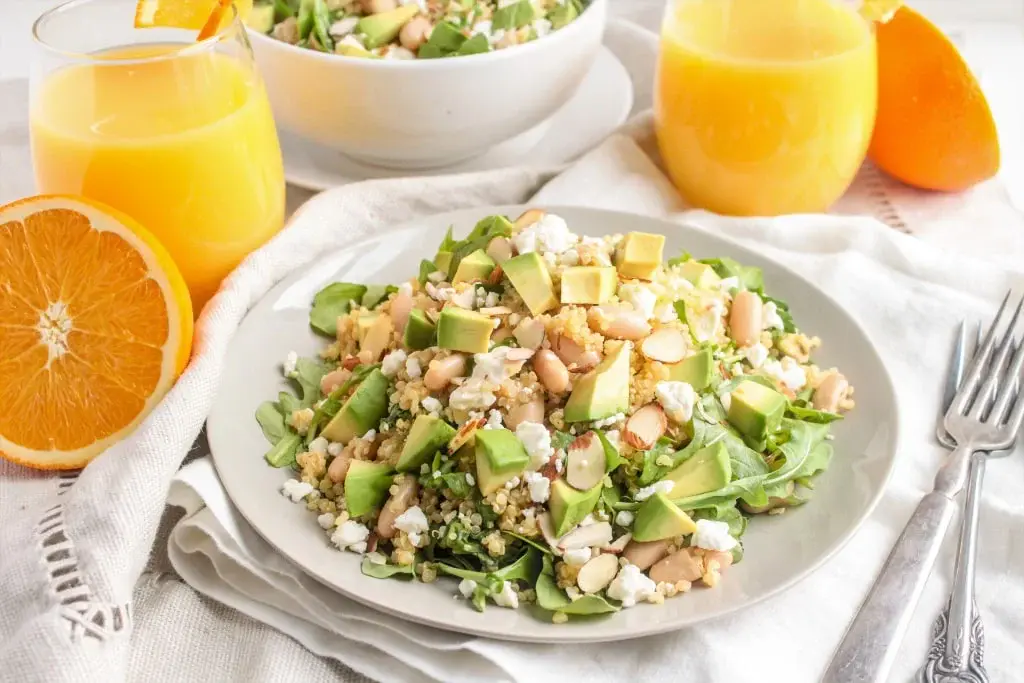
An alcohol-infused vinaigrette isn’t just for any salad; it can be the perfect accompaniment for specific dishes. For instance, a red wine vinaigrette pairs beautifully with grilled steak or lamb, enhancing the natural umami of the meat with its rich, tangy depth. A citrus-based white wine vinaigrette can work wonders on seafood salads or a fresh summer vegetable medley. For heartier dishes, like roasted root vegetables or hearty grains, a whiskey or dark rum-based vinaigrette provides a bold, warming flavor that elevates the richness of the dish. The key to success with alcohol-based vinaigrettes is matching the flavor intensity of the dressing with the dish it's accompanying.
Conclusion: Experimenting with Alcohol in Vinaigrettes
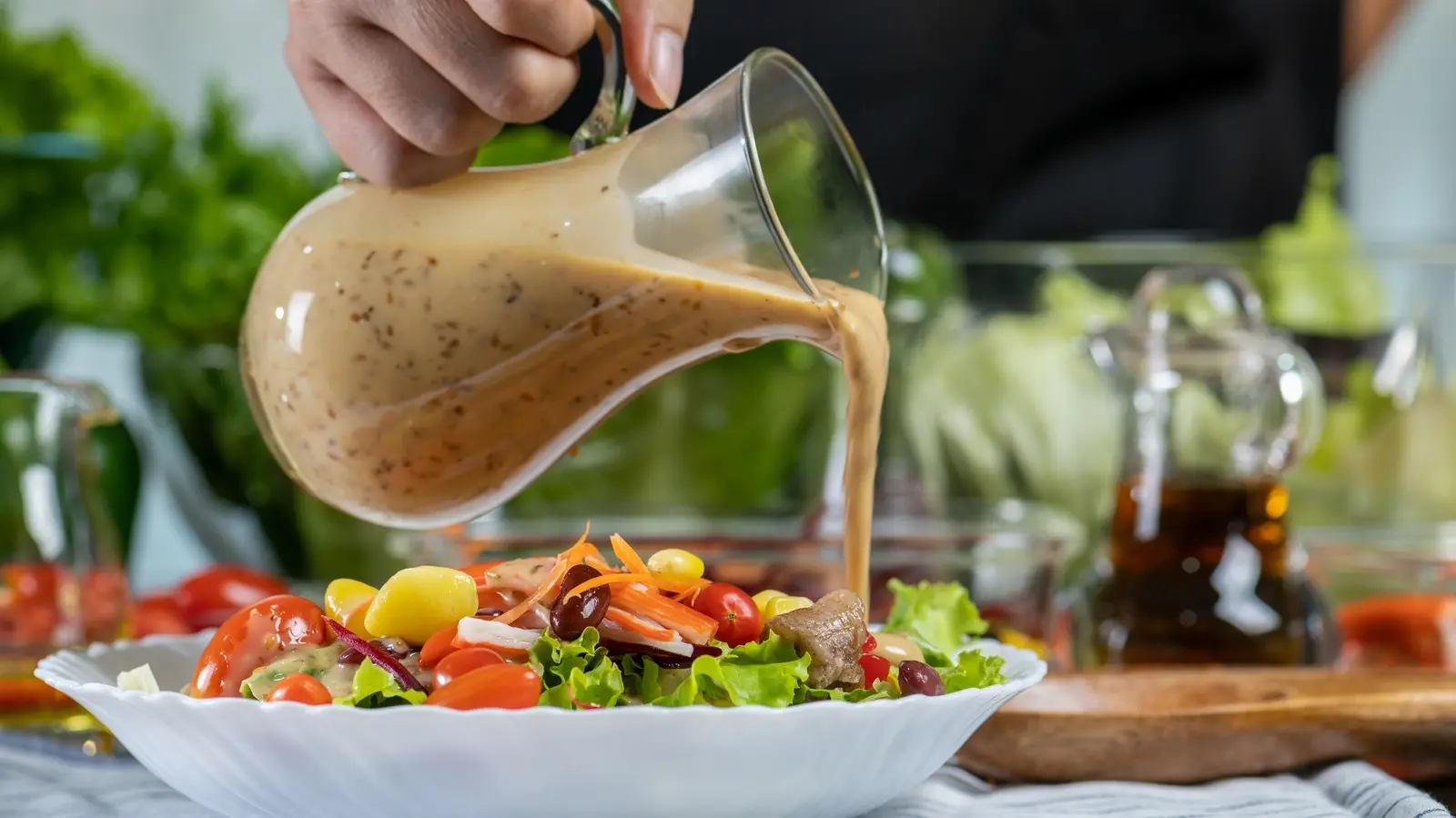
Using alcohol in vinaigrettes opens up a world of possibilities for enhancing the flavor and aroma of your dishes. Whether you're working with a delicate white wine or a bold bourbon, the alcohol adds a unique, sophisticated edge that transforms the vinaigrette from a simple dressing to a culinary masterpiece. Experimenting with different types of alcohol and understanding how they interact with other ingredients in the vinaigrette allows you to create a versatile range of dressings that suit a variety of tastes and dishes. So next time you're mixing up a vinaigrette, consider reaching for a bottle of your favorite spirit—it might just be the secret ingredient your recipe has been waiting for.
Recommended

Is It Okay To Use Self-Rising Flour For Cookies?
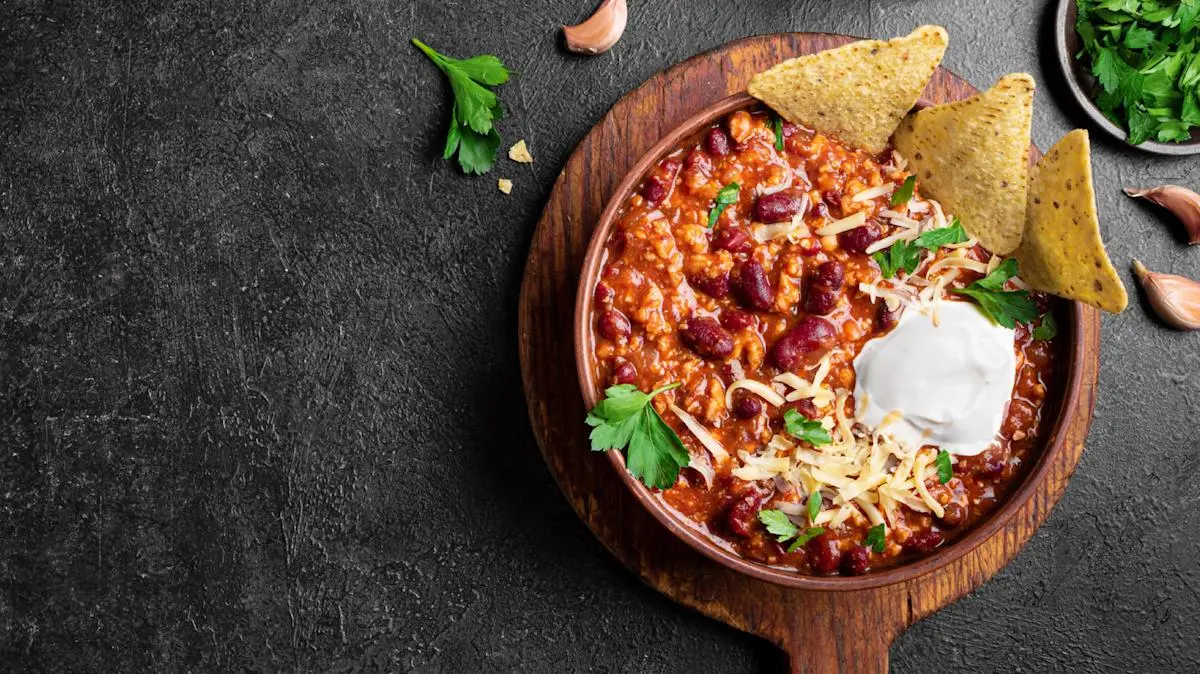
Beer Is The Bubbly Ingredient Your Chili Is Begging For

Flat White Vs Latte: Which Option Is Stronger?
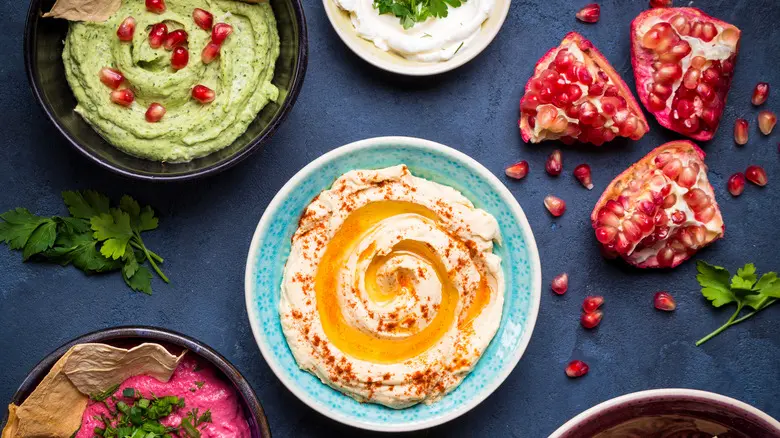
Elevate Store-Bought Hummus With These Simple Ingredients
Next up

